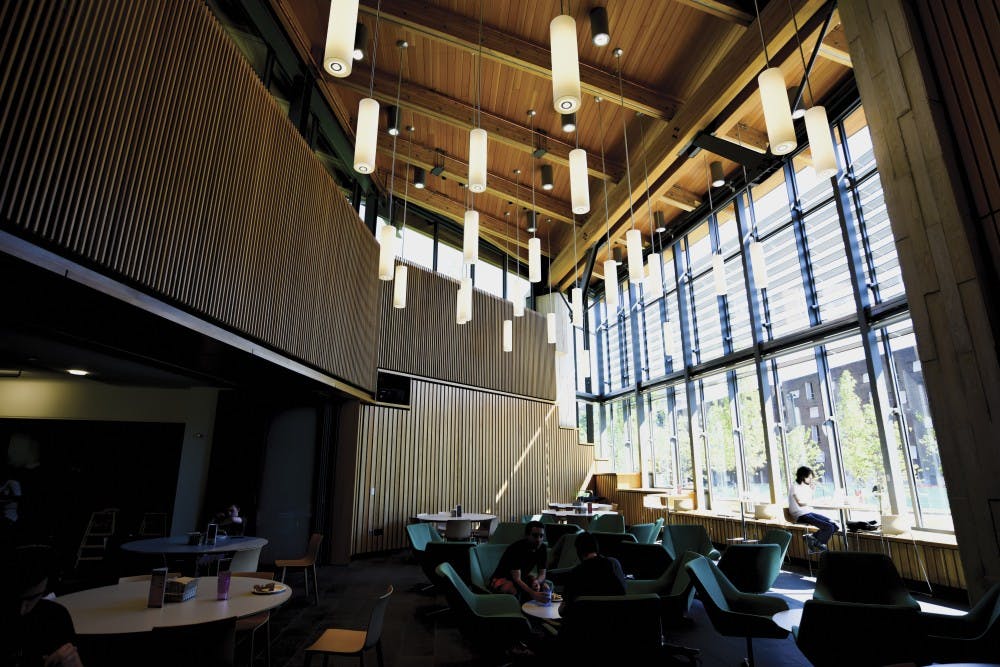Don’t expect an influx of students next year: Penn’s target freshman class size will remain at 2,445 students for the Class of 2021.
Nevertheless, Dean of Admissions Eric Furda said that while Penn currently has no plans to increase its class size, the designation of New College House as a four-year house and the reopening of Hill College House this fall could present a reason for Penn to reconsider its class size.
“The folks in housing are just going to have to see whether this increased capacity... creates demand from students who are currently living off campus,” Furda said. “I think it’s the first time that we’re going to be able to seriously engage in conversation about whether the class would get incrementally larger.”
The second-largest in the Ivy League, Penn’s class size has remained consistent relative to the size of the applicant pool, only increasing a small amount from 2,420 students two years ago.
Class Size (2020)
Furda emphasized that Penn’s class size depends on several factors, including academic, housing and advising constraints, and that any decision to increase class size would require thorough analysis of the effects the increase would have on all aspects of Penn.
“From an admissions dean’s standpoint, when you see the students who aren’t being admitted, having a few more spots could put more smiles on faces, but those aren’t the only considerations that need to take place,” Furda said. “Anything you add is going to have an impact in another area so you’re going to have to understand what those pieces are.”
College freshman Louis Lin said for him, Penn’s current class size strikes the optimal balance between a large and small campus, creating an environment where many Penn students can thrive.
“That’s one of Penn’s defining characteristics,” Lin said. “It’s big enough where I get to know a lot of people but also small enough for even when I’m on Locust Walk, I’m able to see everyday someone that I know.”
But class size doesn’t just affect Penn’s campus atmosphere. It also influences some prospective students’ perceptions of Penn’s prestige.
1986 Wharton graduate Laurie Weingarten, co-founder and director of One-Stop College Counseling, said she believes high school students should gauge the entire undergraduate experience, instead of just examining the rankings, when considering the effects of class size.
“What’s important when students are putting schools on their lists is to figure out what the experience would be like,” Weingarten said. “If everybody’s moving off campus because there’s no more dorms available and students can’t get into the classes they want … it wouldn’t matter what it was ranked … because I didn’t think that the experience is going to be what you’re looking for.”
Furda repeatedly stressed that any increase in class size would be small and wouldn’t happen without considering a number of factors other than housing.
“We’re already one of the larger schools within our peer group, and there’s going to be different capacity issues cutting across the curriculum to physical space,” Furda said. “We’ll just have to see whether there’s some kind of analysis of whether the class size would get larger or not.”









